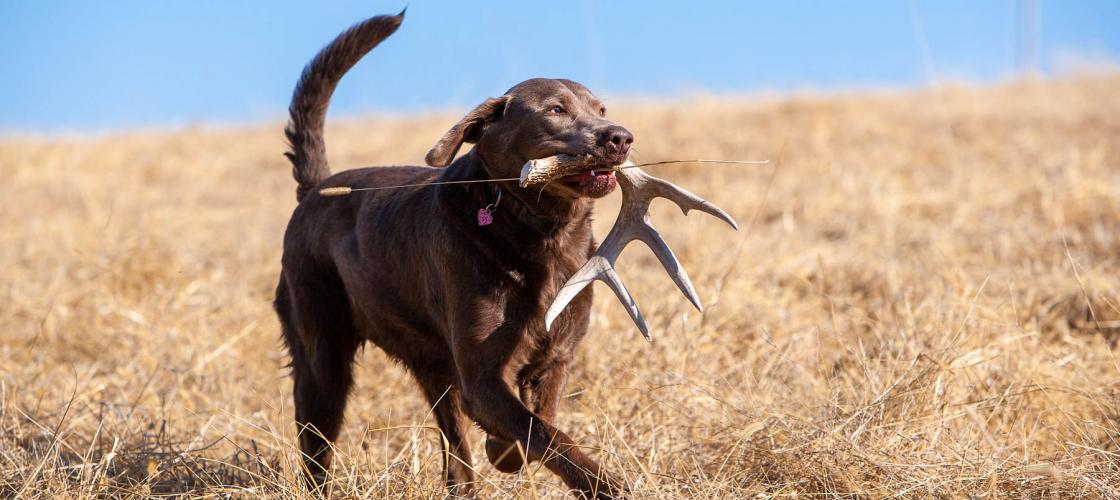
Blood and bone make hardened antler beams and tines into fighting tools for buck deer. As autumn cold turns to winter, hormones and instinct trigger bucks into head-to-head clashes for the chance to mate with female deer. But like so much of nature’s wild beauty, antlers are temporary. Bucks shed them in late winter. Chewing mammals and weather decay will destroy antlers, unless a person walking in the woods spots a whitish-tan glint on the ground and soon holds in their hands symmetrical wildness.
“I get as excited finding a shed antler from a buck as I do hunting deer,” said Tyler Mahoney of Carl Junction. “It’s a piece of the puzzle because you know this is where the deer walks and lives. How elusive the animal is, that also makes it part of the magic. An antler is a tangible thing you can pick up and bring home and you’re not destroying anything. They’re kind of rare, it’s a trophy.”
Many a winter hiker has stumbled across a shed antler by chance. But finding fallen antlers is also a purposeful passion for many people who enjoy white-tailed deer and their biological relationships with the land and seasons.
“The mystery of it is the best part,” said Joshua Allen of Lee’s Summit. “You never know where they are going to lie. It’s a matter of getting out there and taking a lot of steps to find them.”
Elusive to Eyes
Where deer live is where shed antlers are found. Shed antlers can seem elusive because just like morel mushrooms, their tan colors blend in with leaves, limbs, and grasses on the ground. But just like morels, hunting shed antlers provides a good excuse for a walk in the woods and fields.
Following trails with deer tracks pressed into the soil or snow increases the chances of finding a shed. Deer often bed down during winter in tall native grasses or weed patches. Shed hunters should check the area near matted down deer beds thoroughly. Kevyn Wiskirchen, MDC scientist and deer biologist, likes to look where deer trails cross creeks and fence lines.
“When they jump to get across, that might cause enough jostle to get an antler to fall off,” Wiskirchen said. “If I find one antler, I’ll spend extra time searching the area. If one fell off, the other one will shortly. Sometimes when one antler falls off, the deer will feel unbalanced and may shake their head because they feel something wrong. It’s not uncommon to find the second antler next to the first shed.”
But like looking for morels, there’s no guarantee you will find antlers when walking in the woods. A buck might drop antlers days apart in separate locations. When antlers drop is driven primarily by day length, but can be affected by hormones and physical condition.
Annual Antlers
Bucks start growing antlers in spring. During summer, the antlers are “in velvet,” covered by a thin, hairlike membrane while blood vessels feed nutrients and minerals to the core of the antlers. When antlers reach full size, bucks rub them on trees and shrubs to remove the velvet and polish them to shiny bone. When the mating season ends, the connection between the antler and the pedicle, the place where the antler attaches to the buck’s skull, weakens until the antler drops off.
Biologists believe that cervids, such as deer and elk, shed antlers annually to help both the individual and the species. Losing heavy antlers helps bucks conserve energy in the harsh winter months and when traveling through summer’s tangled growth. A buck can break an antler when fighting in autumn. Fresh growth annually renews his fighting tools. A young buck may grow small antlers, but he may grow a far larger rack as he gets older, given good nutrition. The deer herd is helped when the fittest males breed does, and large antlers are a sign of fitness.
Timing the Search
Freshly shed antlers can be found from December to May. However, most antlers are shed from late January into March. Some shed hunters have preferred hunting times.
“The majority of the places where I hunt sheds are in Benton or Henry counties or elsewhere in western Missouri,” Mahoney said. “Most of the deer in those places don’t drop antlers until the end of February and early March. The first week of March is when I get excited about getting out and looking.”
Shed antler hunting makes a good family outdoor trek. The more eyes looking, the better the chance of seeing and finding. Shed hunters say overcast days are better than bright sunny days because with sun the shadows can conceal antlers.
“It’s like finding mushrooms,” Mahoney said. “You’ve got to move slow and really focus. Once you find one, it becomes second nature to see them.”
Extra Help
Some shed antler seekers train dogs to find them. Carla Long of Siloam Springs in Gentry County is a former professional dog trainer who taught Labrador retrievers to find antlers. She recommends upland game and waterfowl hunting breeds that have the drive and scenting abilities to consistently find sheds.
Long started their training at 4 to 5 months old. She kept found antlers outdoors to keep them from picking up house scents and used them in training. Dogs were given antlers to chew on and play with. She taught them fetch. When handling and hiding antlers for her pups to find, she wore plastic gloves to avoid human scent on them. She left them in hiding a few days before training, so all unnatural scent would be gone.
“You have to make the dogs fall in love with the antlers,” Long said.
The Digital Age
Digital technology helps Allen make thorough searches. One app gives him a map of where he’s walked, so he can make sure he’s looked everywhere. Sometimes he finds an antler when he returns to a starting point and gets the view from a different angle.
Also, you don’t have to be in wilderness to find shed antlers. Places where deer have shelter and food will be the spots, such as field edges or where there is green winter browse. Sometimes those spots are in city parks and greenways.
“They might be in the woods in the back of a neighbor’s yard in town,” Allen said. “I’ve found them in backyards and on the side of the road. Wherever you’ve been seeing deer is a good place to look for antlers.”
Many Uses
People who collect antlers sometimes mount a matched pair as a wall hanger. Some add them to craft decorations such as wreaths, or they use them for rustic furnishings such as lamp bases. Many shed hunters just like to create a pile to look at and enjoy. Antlers also make good chew toys for dogs.
“For me, every single one is unique,” Allen said. “You never find two that are exactly alike. When you find an antler, it’s a very special feeling. You remember where you found it, and the memories you made out there looking.”
FAQ on shed antlers
Permits are not required to find or possess shed antlers. However, sometimes buck deer die with antlers attached. Anyone finding a skull with antlers attached must contact their local conservation agent and obtain a possession permit if they wish to keep it.
Always seek permission to hunt for antlers on private property. Do not trespass.
Make sure gathering antlers is permitted on public lands that you visit. Some public lands prohibit their removal or require special permits.
Shed antler hunting is allowed on MDC conservation areas. Many areas have service roads and trails for hiking.
For more information about Missouri’s white-tailed deer, visit short.mdc.mo.gov/ZMK.
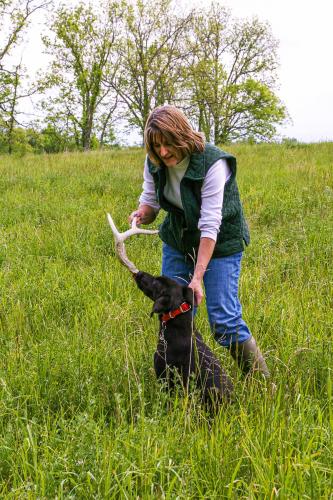

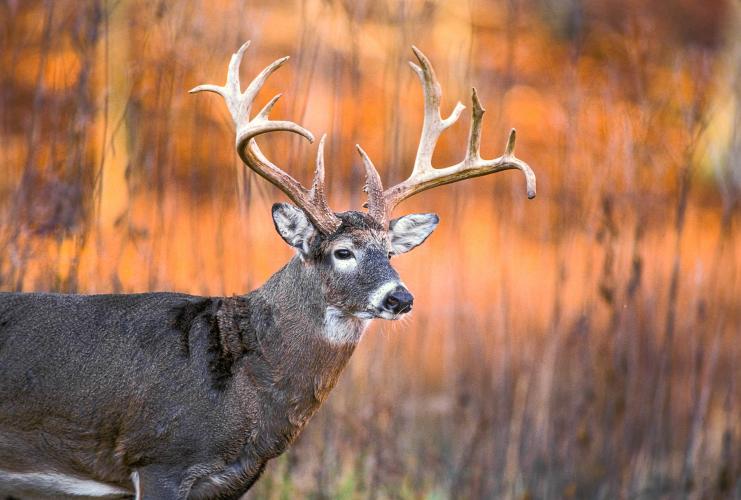
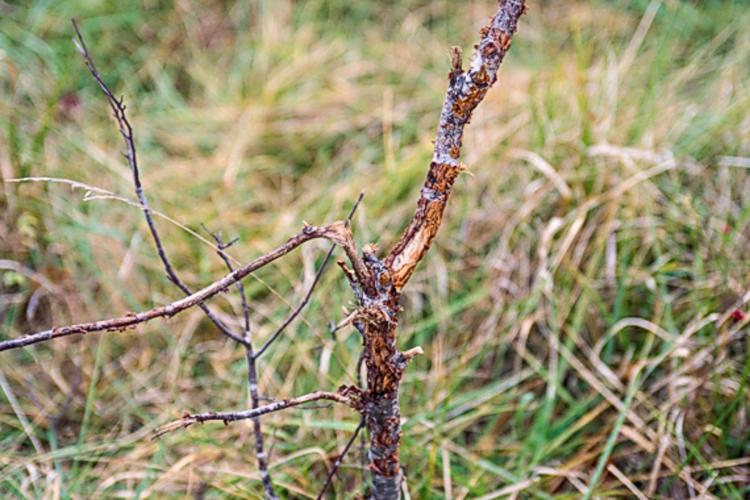
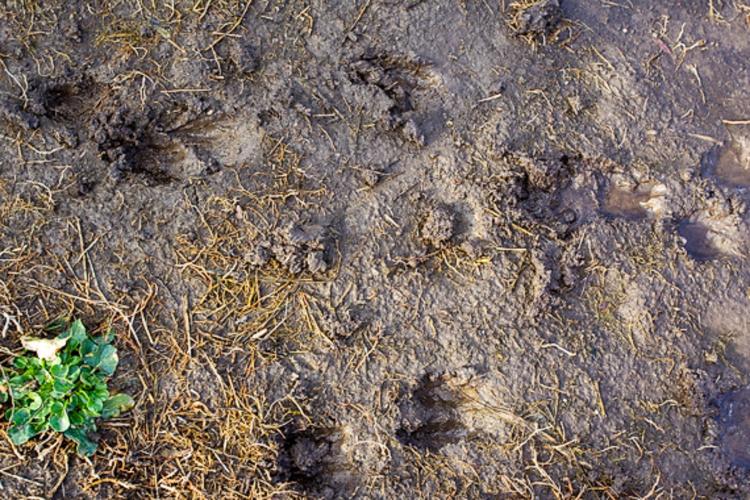
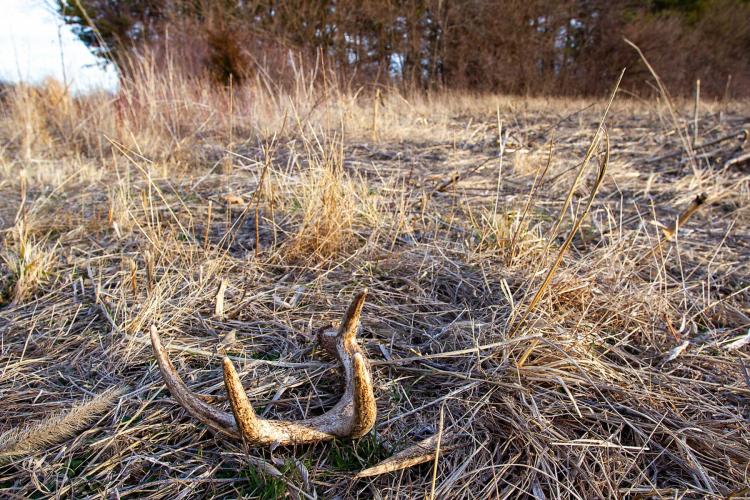
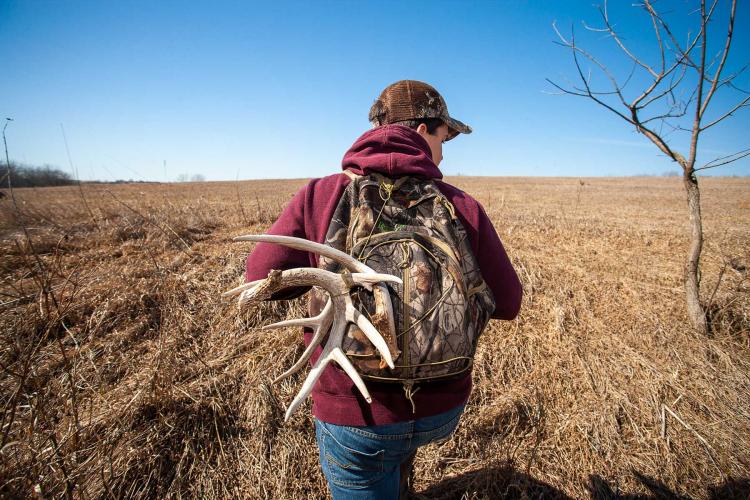
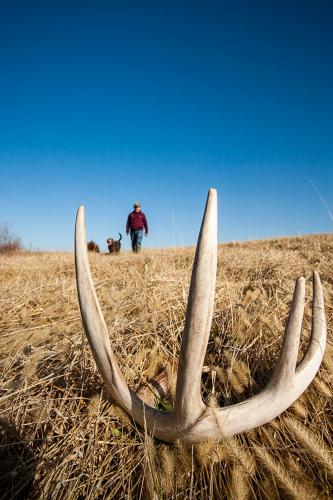

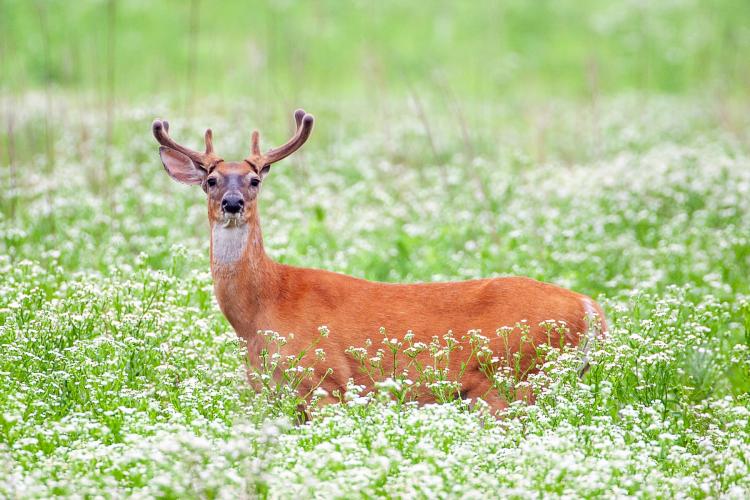

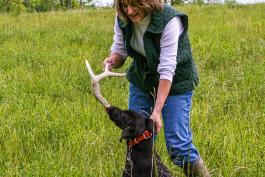
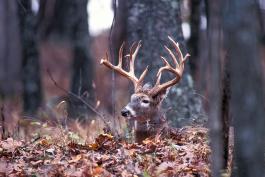
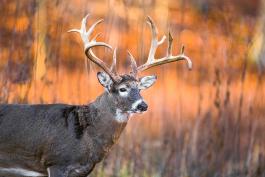
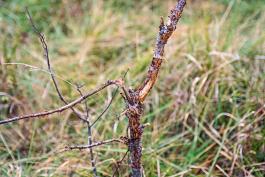

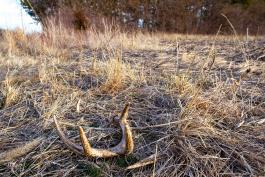
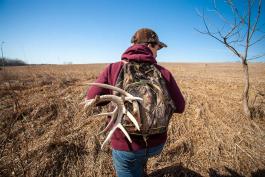
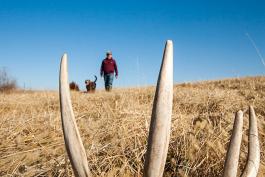

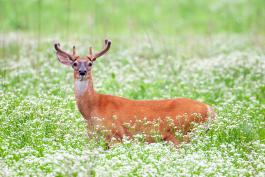

Also In This Issue


And More...
This Issue's Staff
Editor - Angie Daly Morfeld
Associate Editor - Larry Archer
Staff Writer - Bonnie Chasteen
Staff Writer - Kristie Hilgedick
Staff Writer - Joe Jerek
Art Director - Cliff White
Designer - Shawn Carey
Designer - Marci Porter
Photographer - Noppadol Paothong
Photographer - David Stonner
Circulation - Laura Scheuler






















